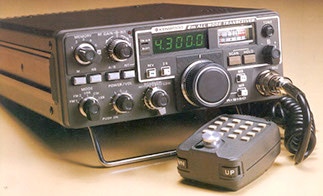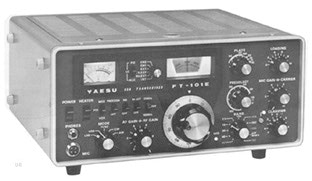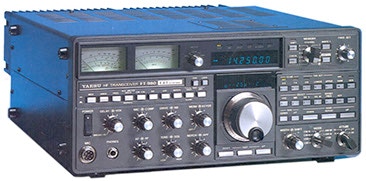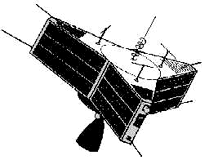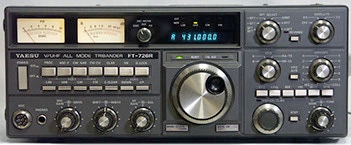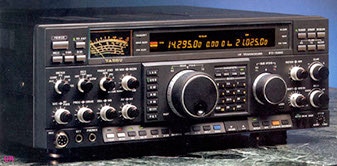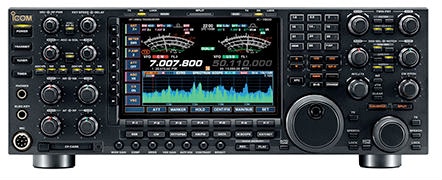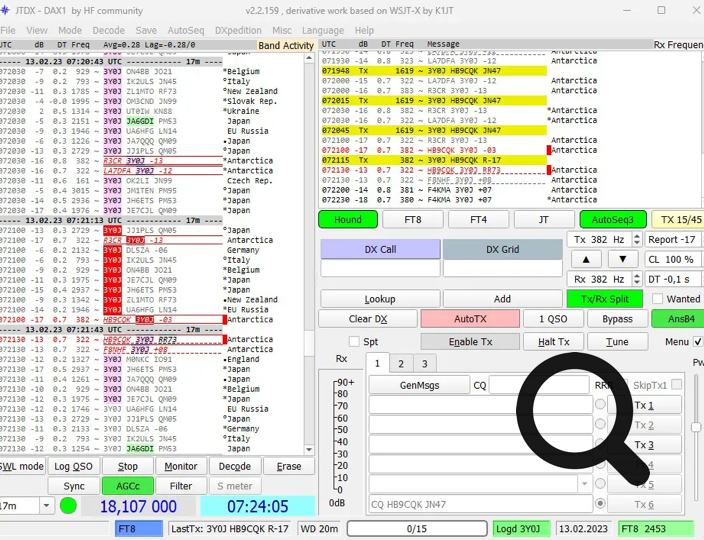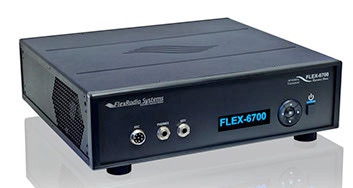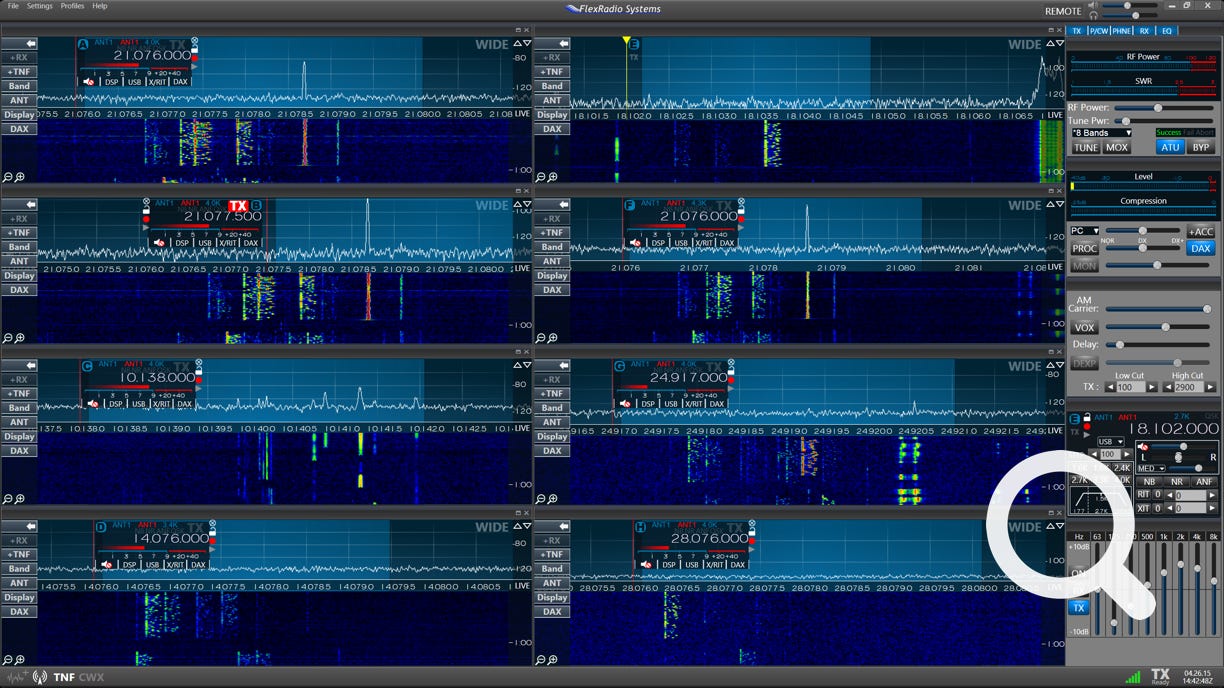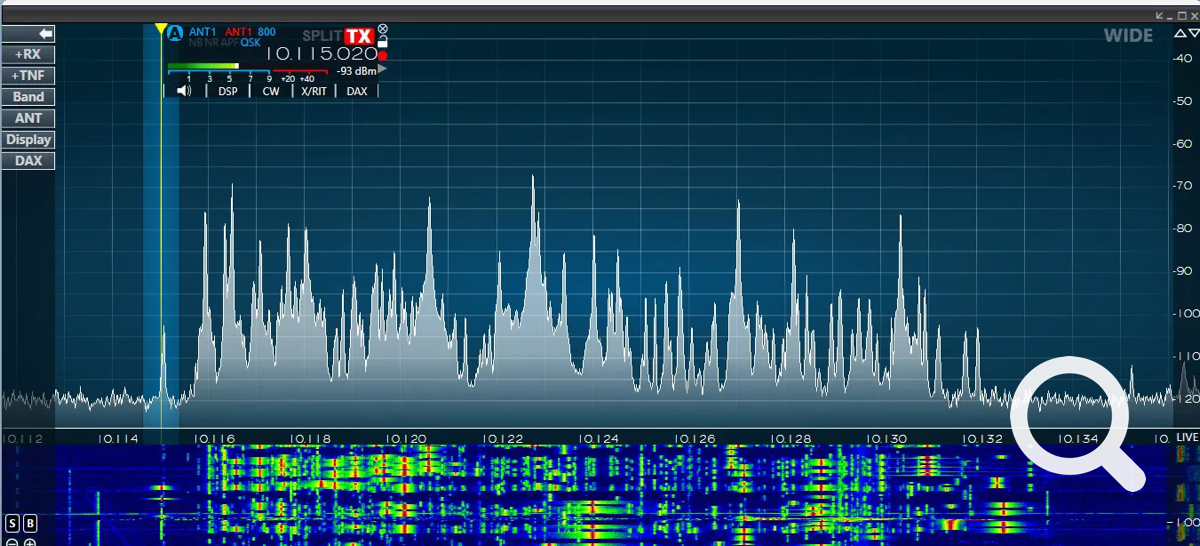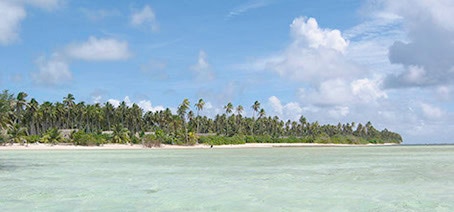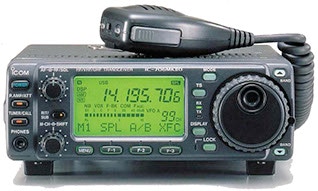My first VHF rig
I started with a Kenwood TR-9130 on 2m. It was operating FM, SSB and CW with up to 25 watts. I connected it to a 10 elements crossed Yagi antenna, bouncing signals off mountains. It was possible to make contacts with HAMs in northern Europe (UK, Sweden, Norway etc.) by pointing the directional antenna south at Mount Pilatus. Pointing the antenna north resulted in no signal at all. There is a hill and a forest to the north of my QTH.
My first HF rig
My first HF rig was a Yaesu FT-101E that I soon replaced with a much more modern Yaesu FT-980. I made countless DX contacts with it on all bands. My favorite band was 10 meters. I was even operating 10m FM from my car using a modified CB radio from the UK (a birthday present from Andy, G4OJH).
Satellites
Satellite operation is another passion. I operated Oscar-7, Oscar-10 and Oscar-13, because these birds provided the best long distance coverage with their analog transponders. For many years I was also operating the digital satellites. My first satellite rig was the Yaesu FT-726R that I later replaced with an FT-736R. This rig is for sale now if you are interested. It is in perfect condition, very clean, no scratches, works with 9600 baud packet and just needs a Li battery replacement. The price is VERY good. Send me a message if you are interested. I am a founding member of AMSAT HB and re-startet my satellite activities with a brand new icom IC-9700 in 2024 after a long break on the satellites.
